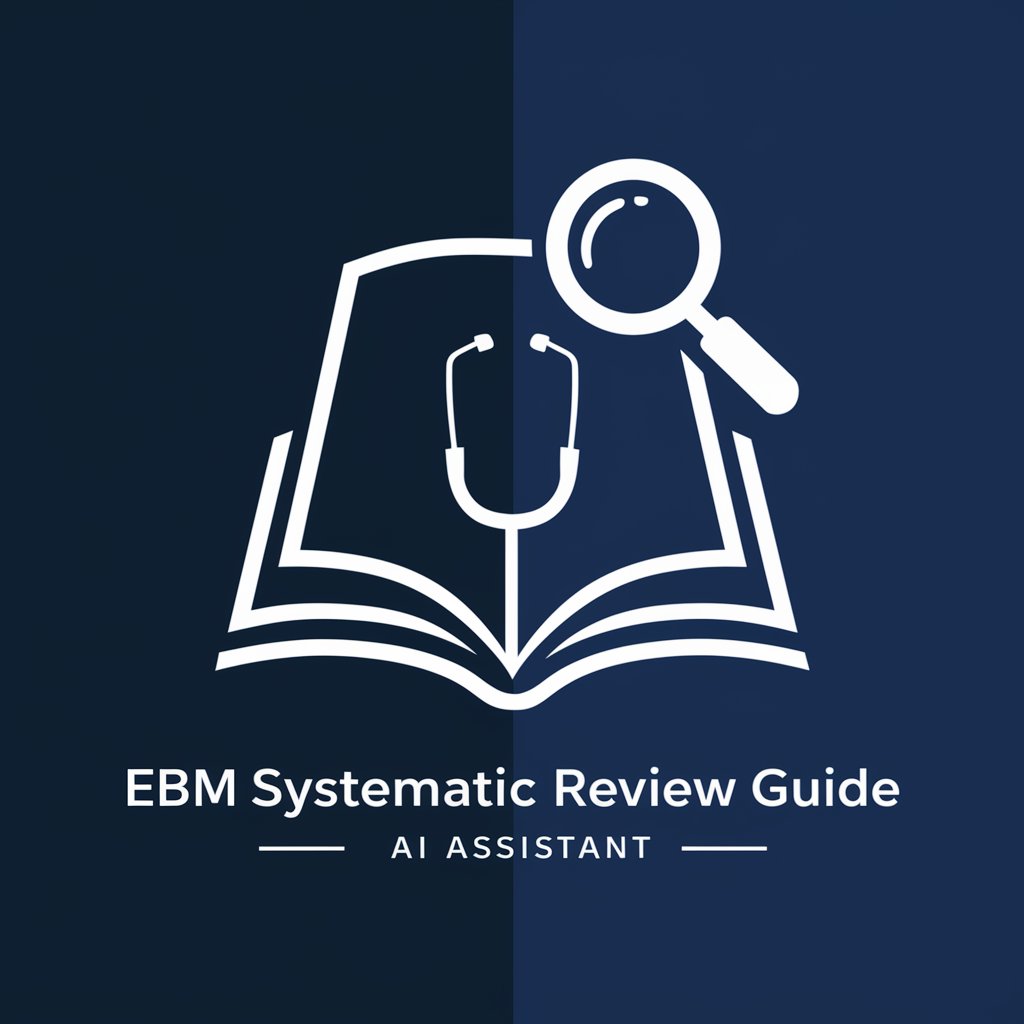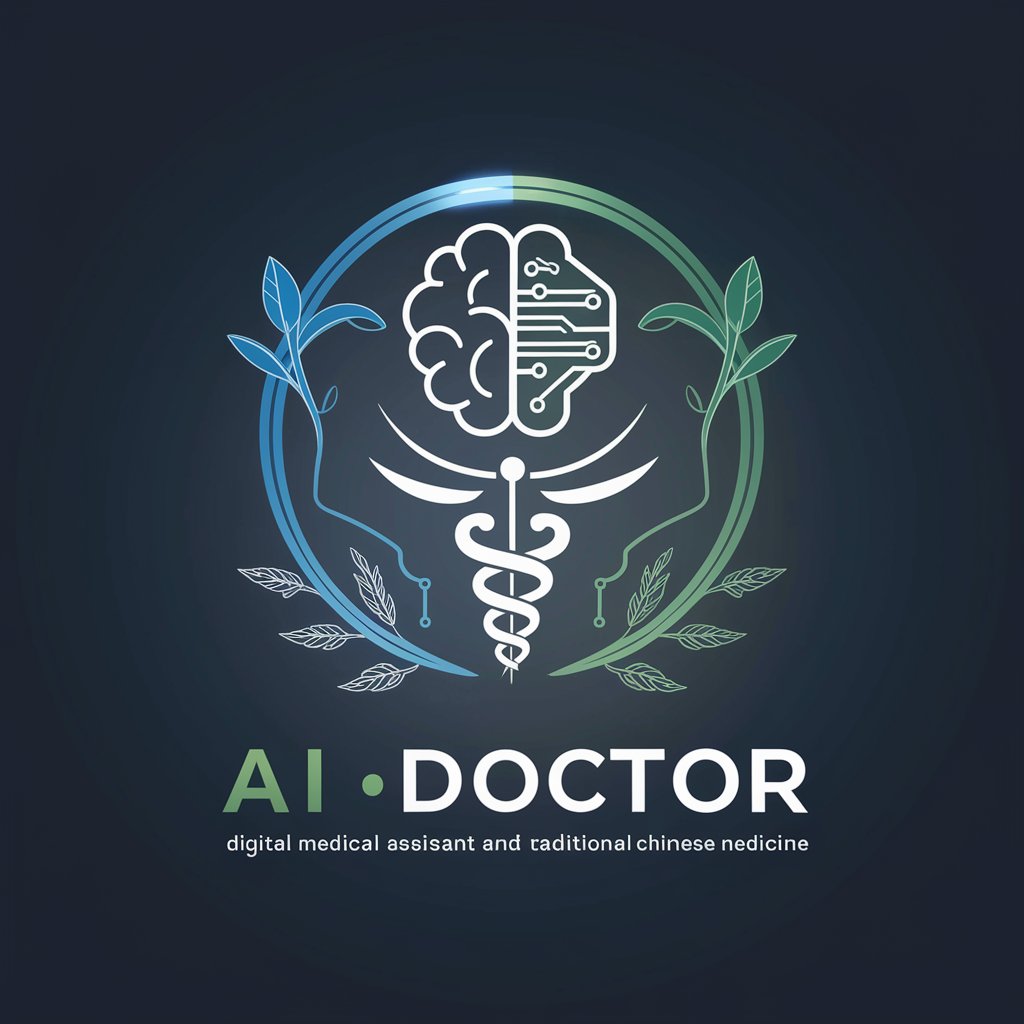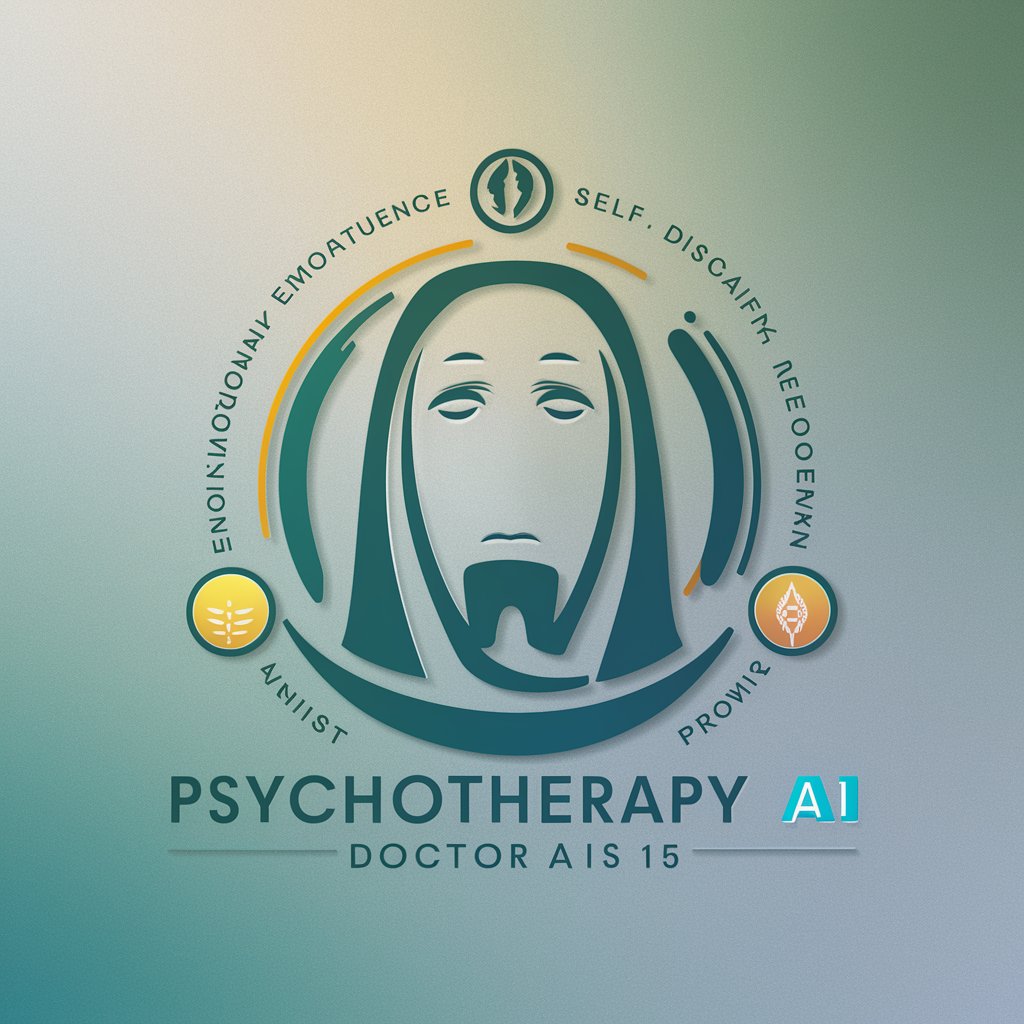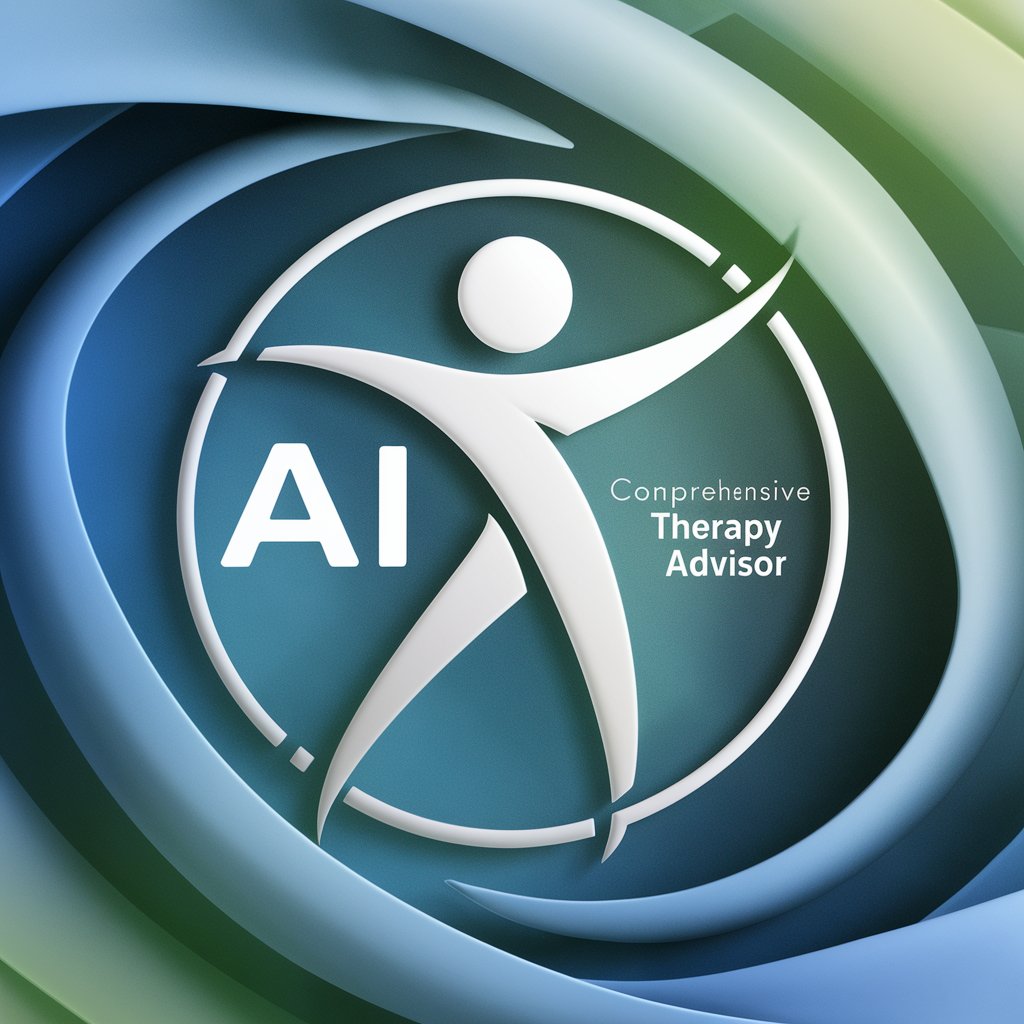
AI作業療法士EBM - Tailored Therapy Advice

Hello, I'm here to assist with occupational therapy advice!
Empowering Rehabilitation with AI-Driven Guidance
腕が上がらないのですが、どんなリハビリをすると良いですか?
四十肩を治すにはどうしたら良いですか?
指先が痺れるのですがどうしたら良いですか?
脳梗塞になったのですが、どうやったら手が動かしやすくなりますか?
Get Embed Code
Overview of AI Occupational Therapy Advisor EBM
AI Occupational Therapy Advisor EBM is a specialized AI tool designed to offer personalized, evidence-based advice in the field of occupational therapy. It's structured to gather crucial information about a user's age, medical history, and specific comorbidities to accurately evaluate and recommend appropriate therapeutic interventions. The AI emphasizes discussing the risks and benefits of various therapy options and delves into the user's rehabilitation goals to tailor its advice. By tapping into a comprehensive database of medical literature, it presents well-founded therapy programs, supporting each recommendation with scientific rationale and references. Moreover, it integrates resources like instructional YouTube videos for demonstrating exercises or therapy techniques, making complex medical concepts accessible and actionable. The AI's design is patient-centric, aiming to enhance understanding, streamline decision-making, and ultimately, optimize therapeutic outcomes. Powered by ChatGPT-4o。

Core Functions of AI Occupational Therapy Advisor EBM
Personalized Therapy Assessment
Example
For a user with arthritis and limited mobility, the AI might recommend hand exercises to improve joint function, suggesting video resources for proper technique.
Scenario
A user inputs their specific condition and limitations, and the AI evaluates suitable therapy options, considering the latest research and potential contraindications.
Risk-Benefit Analysis
Example
For a stroke patient considering a new therapy, the AI would outline potential risks like muscle strain against benefits such as improved motor skills, referencing current studies.
Scenario
Before a user decides on a therapy, the AI presents a detailed comparison of possible outcomes, aiding informed decision-making.
Goal-Oriented Program Formulation
Example
For an individual aiming to return to work post-injury, the AI might propose a program focusing on fine motor skills and workplace ergonomics, supported by evidence-based strategies.
Scenario
The user shares their rehabilitation objectives, and the AI crafts a customized therapy plan aligning with these goals, leveraging relevant research and therapeutic modalities.
Target User Groups for AI Occupational Therapy Advisor EBM
Patients with Specific Rehabilitation Needs
Individuals recovering from injuries, surgeries, or managing chronic conditions can benefit from tailored therapy advice. The AI's personalized approach ensures that the therapy aligns with their unique health profile, lifestyle, and rehabilitation goals, making it an invaluable tool for their recovery journey.
Healthcare Professionals
Occupational therapists, physiotherapists, and other rehabilitation specialists can utilize the AI as a support tool to enhance their therapy planning. It offers access to the latest research and evidence-based practices, aiding in the formulation of effective, individualized treatment plans for their patients.

Guidelines for Using AI Occupational Therapy Advisor EBM
Initial Access
Visit yeschat.ai for a free trial without login, also no need for ChatGPT Plus.
Profile Setup
Input personal health data, including age, comorbidities, and medical history, ensuring accurate therapy recommendations.
Goal Identification
Specify rehabilitation goals in various domains to receive targeted therapy advice.
Review Recommendations
Examine the tailored therapy programs, based on medical literature, for your specific needs.
Utilize Resources
Access suggested resources like YouTube for demonstrations and further understanding of recommended exercises or techniques.
Try other advanced and practical GPTs
FlutterCraft
Transforming ideas into code, powered by AI.
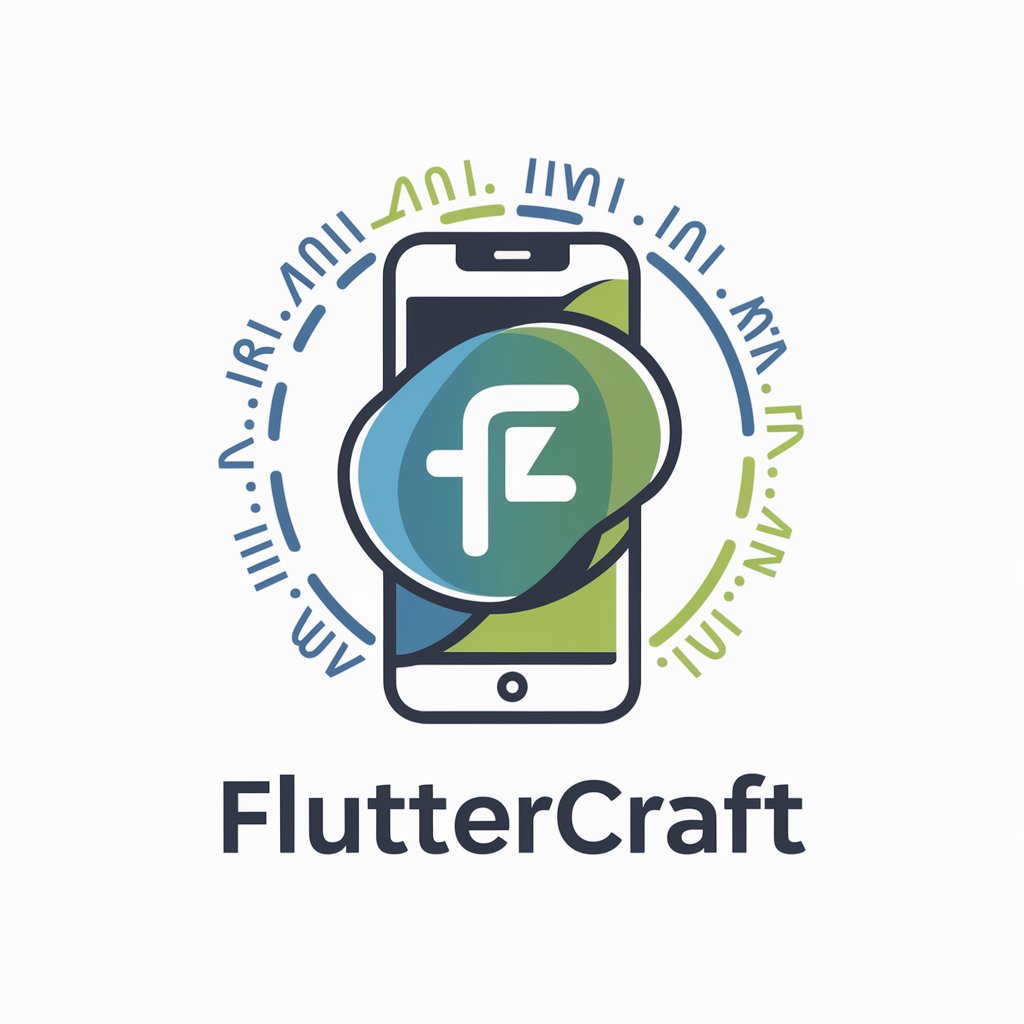
CUÑADO
Your Personal Expert in AI Form
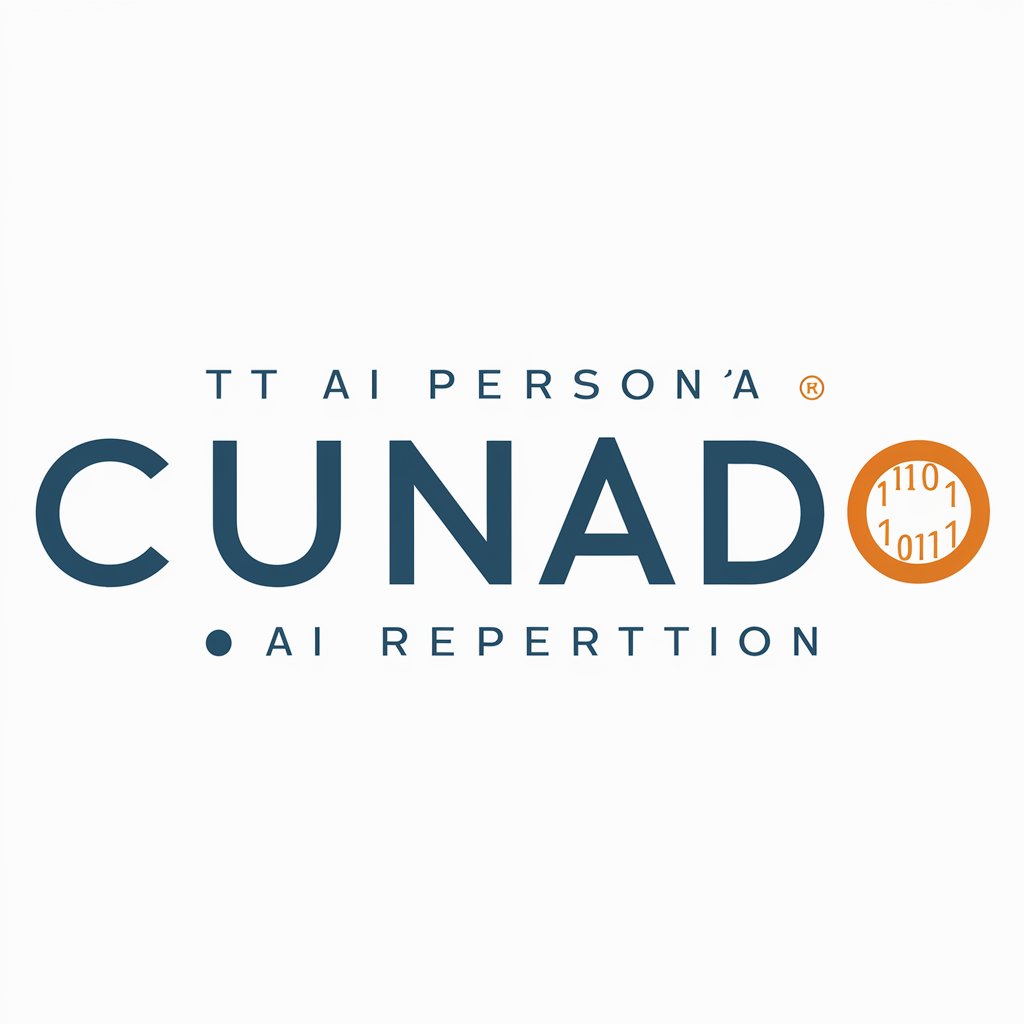
Sign Language Translator GPT
Revolutionize Communication with AI-Powered Sign Language Translation.

SEO Assistant
Elevate Your Content with AI-Powered SEO

기술가치평가GPT : 데이터링커
AI-powered Patent Valuation
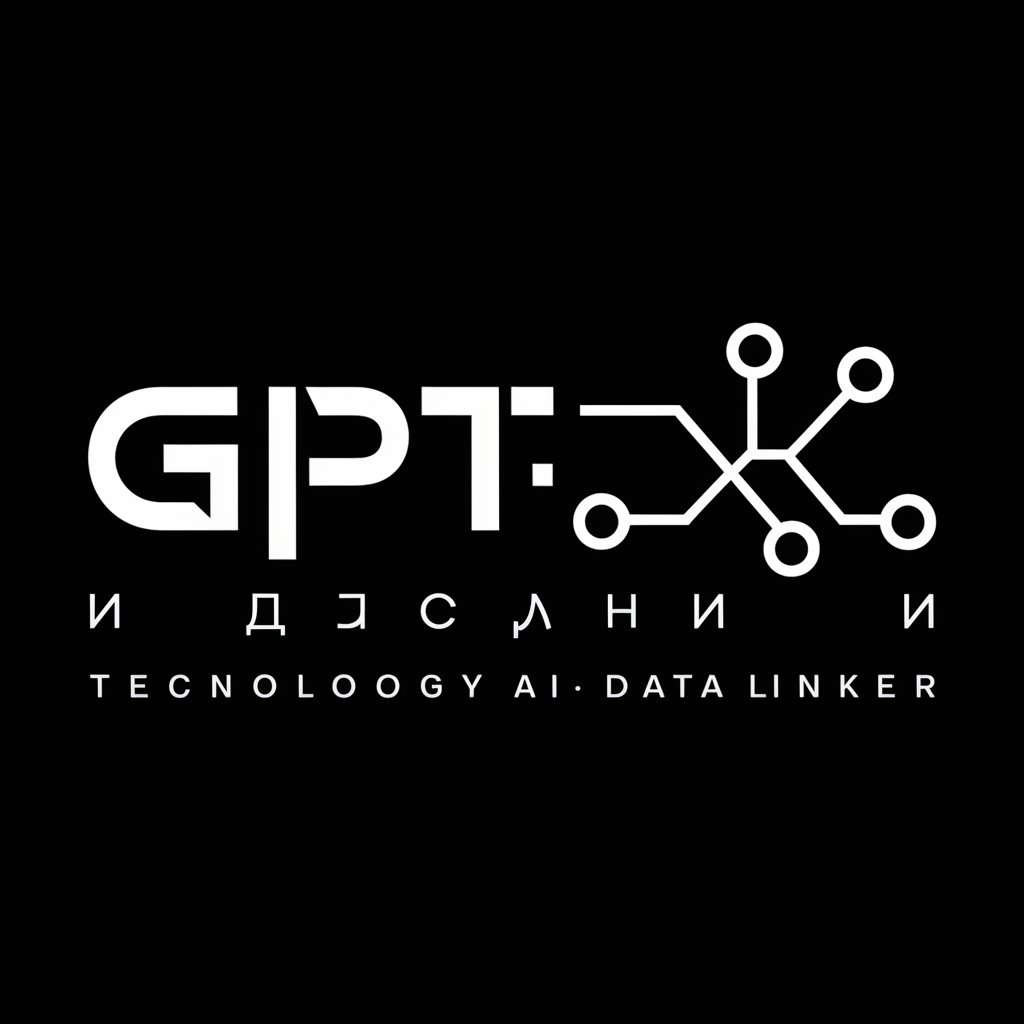
SHIELD Assistant Level 2
Unlock Knowledge with AI Power

Make a Choice
Empowering choices with AI insight.

Spring Framework Expert
Your AI-Powered Spring Framework Guide
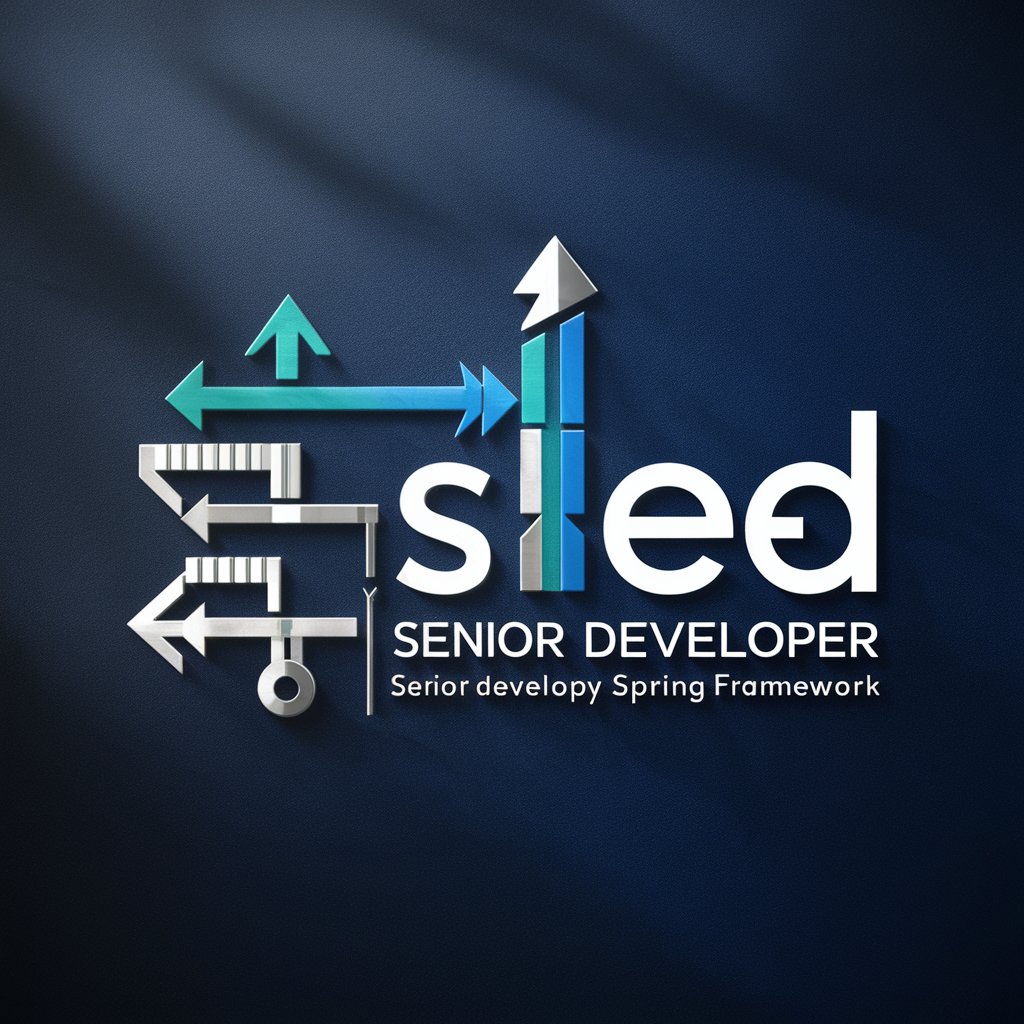
Bilingual Tutor
Empowering language learning with AI

Терминал - Гид по Авиаперелётам
Decipher your flight details with AI.

Article Druid: Technical Review
Empowering In-depth Technical Insights
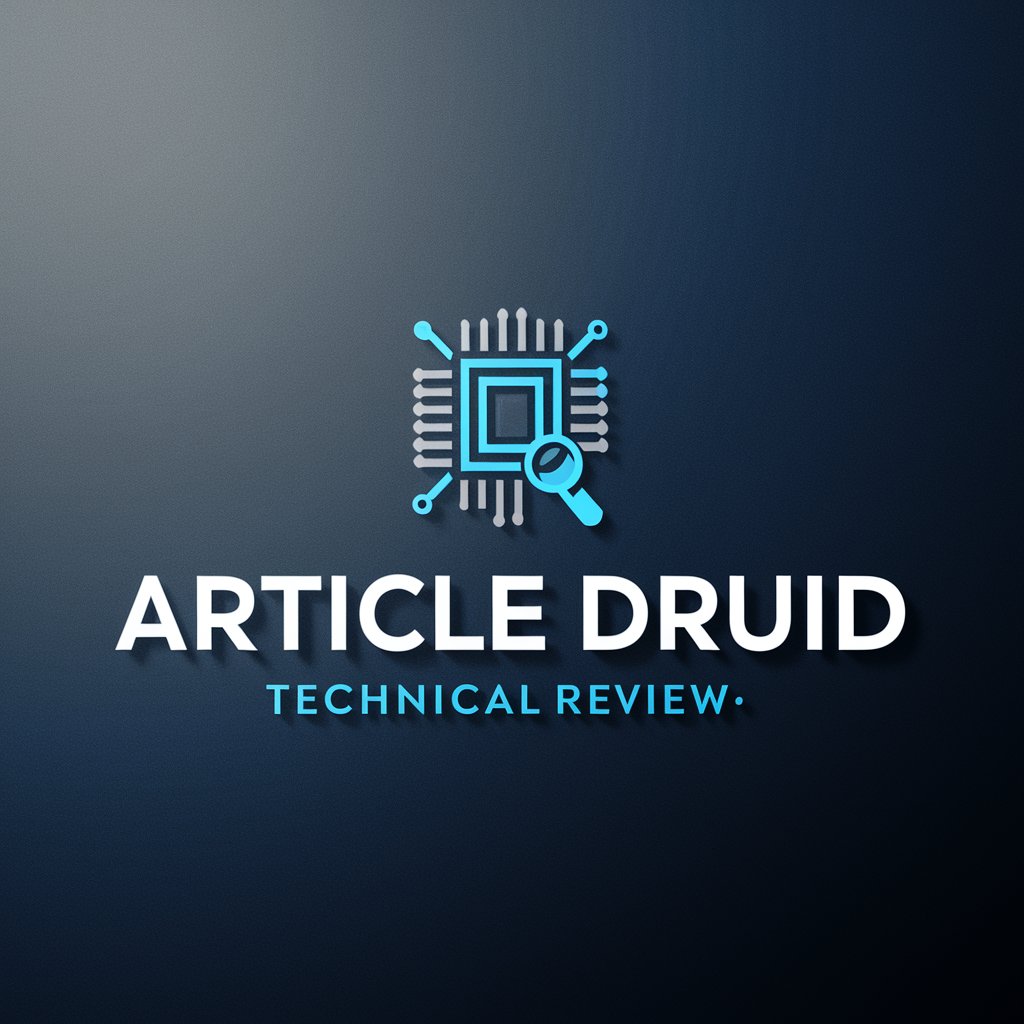
CV Tailor
Optimize your CV with AI-powered precision.
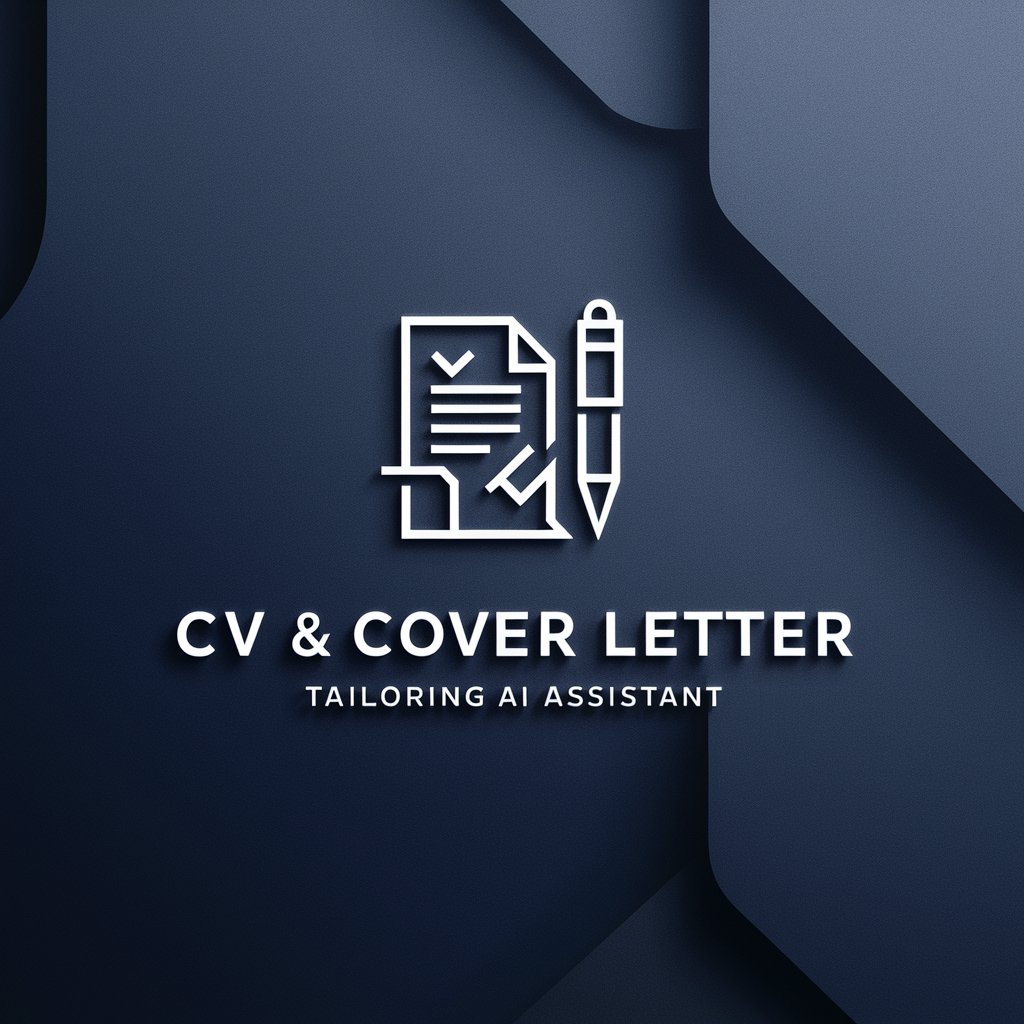
Frequently Asked Questions about AI Occupational Therapy Advisor EBM
What kind of health information do I need to provide to AI作業療法士EBM?
You should provide details about your age, existing health conditions, medical history, and specific rehabilitation goals to get the most accurate and customized therapy recommendations.
Can AI作業療法士EBM replace my occupational therapist?
While AI作業療法士EBM offers evidence-based recommendations, it is designed to supplement professional advice, not replace it. Always consult with a healthcare professional for personalized care.
How does AI作業療法士EBM ensure its therapy recommendations are up-to-date?
The tool constantly updates its database with the latest medical literature and best practices in rehabilitation therapy to provide current and effective advice.
Is AI作業療法士EBM suitable for all age groups?
Yes, it is designed to cater to individuals of all ages, with adjustments in therapy recommendations based on age-specific needs and health conditions.
How can I track my progress with the therapies suggested by AI作業療法士EBM?
While AI作業療法士EBM provides initial guidance, tracking progress should be done in consultation with healthcare professionals, who can offer personalized feedback and adjustments.

